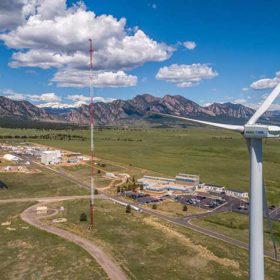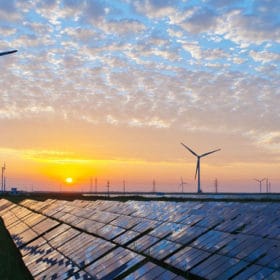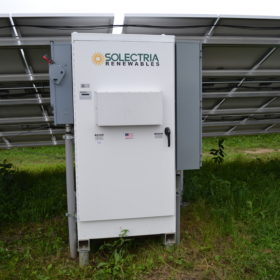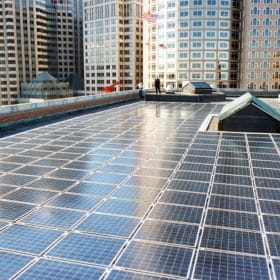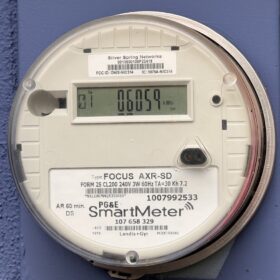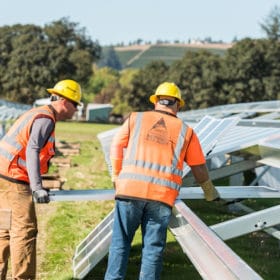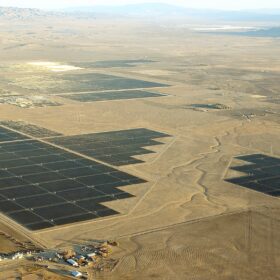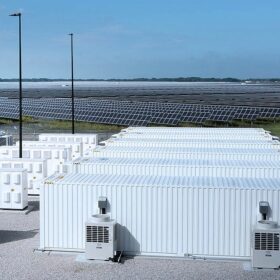Labs to explore solar, wind, and storage synergies at FlexPower facility
The hybrid facility will test solar and wind energy working in tandem, as well as various energy storage and control technologies.
Study outlines how 18 GW of solar can be deployed in the Carolinas by 2030
Tripling the amount of solar to be added in the Carolinas compared to Duke Energy’s plans would yield cost savings, a Brattle Group study found.
Sunrise brief: Revised rules could make it easier to use public lands for solar
Also on the rise: LG will supply RWE with 200 MW of storage, SB Energy signs a PPA for a Texas solar project, and Invenergy lines up financing for a 200 MW Michigan solar project.
Measuring impacts on solar performance, whatever the weather
Researchers at Sandia National Laboratories used machine learning to analyze maintenance reports, performance data, and weather records from more than 800 solar farms located across the country.
U.S. consortium to unify grid-forming inverter research
A Department of Energy (DOE) $25 million investment has formed a consortium, led by the National Renewable Energy Laboratory (NREL) that will streamline research of grid-forming inverters.
Clean energy catalyst program announces funding awards
The program supports clean energy innovation and technology development across Massachusetts. Here are some of the recent cash awardees in solar and energy storage.
Grid-forming inverters enter prime time with DOE funding
As fossil generators are phased out, grid-forming inverters will need to be phased in so that the grid can be restarted after any blackout.
DOE grants aim to drive down inverter costs, advance PV fire prevention tech
Several of the projects also aim for lower costs for PV module materials or PV racking, as well as for lower defect rates on module assembly lines.
Sunrise brief: Want solar with that? McDonald’s signs up for a Louisiana project
Also on the rise: Illinois’ solar residential market fell off the roof in Q2, Arizona approves incentives for residential energy storage, and green roofs can improve panel efficiency.
Green roofs can boost solar panel efficiency, study finds
The improvements are believed to stem from lower temperatures on the green roof.
